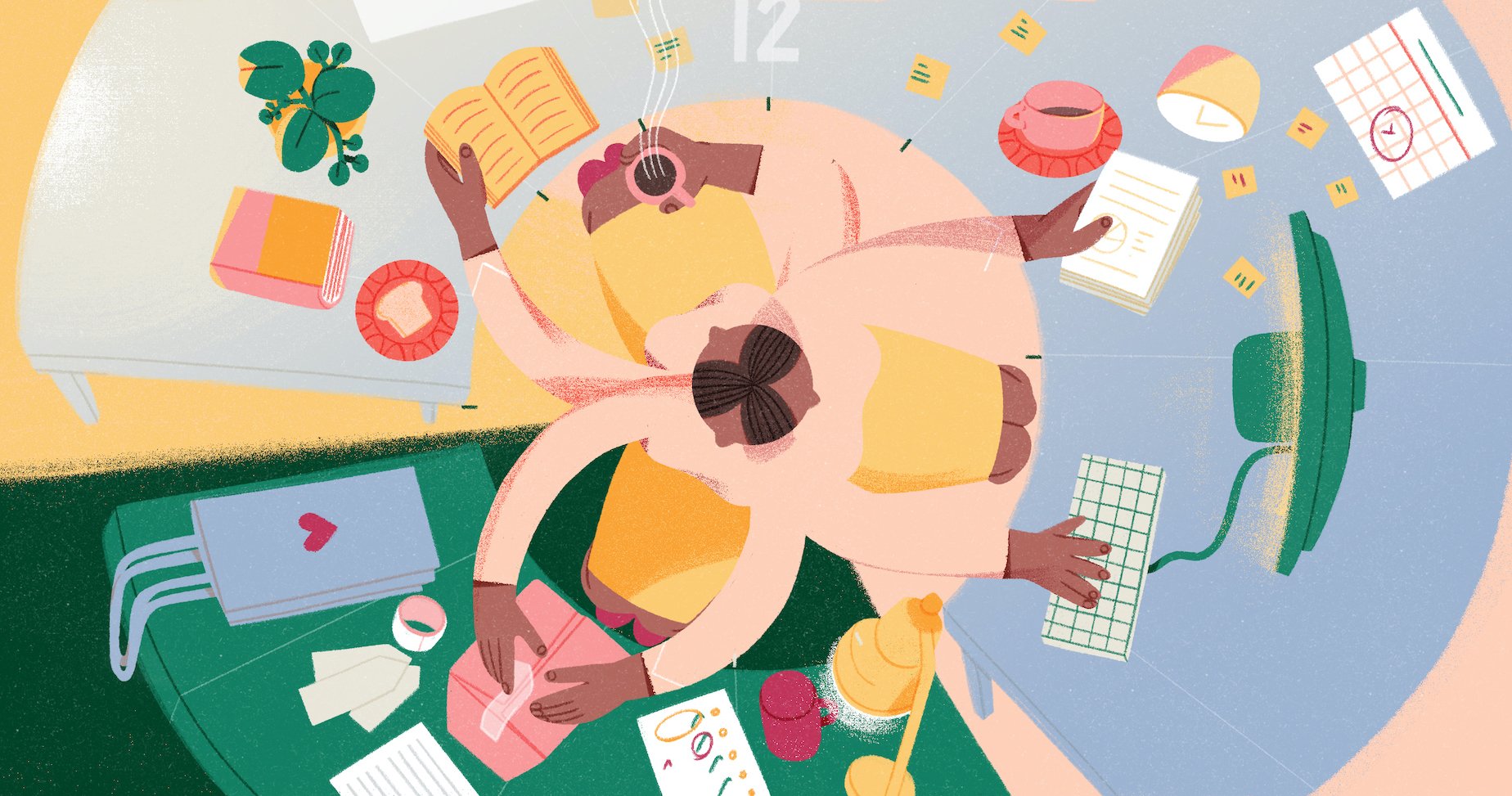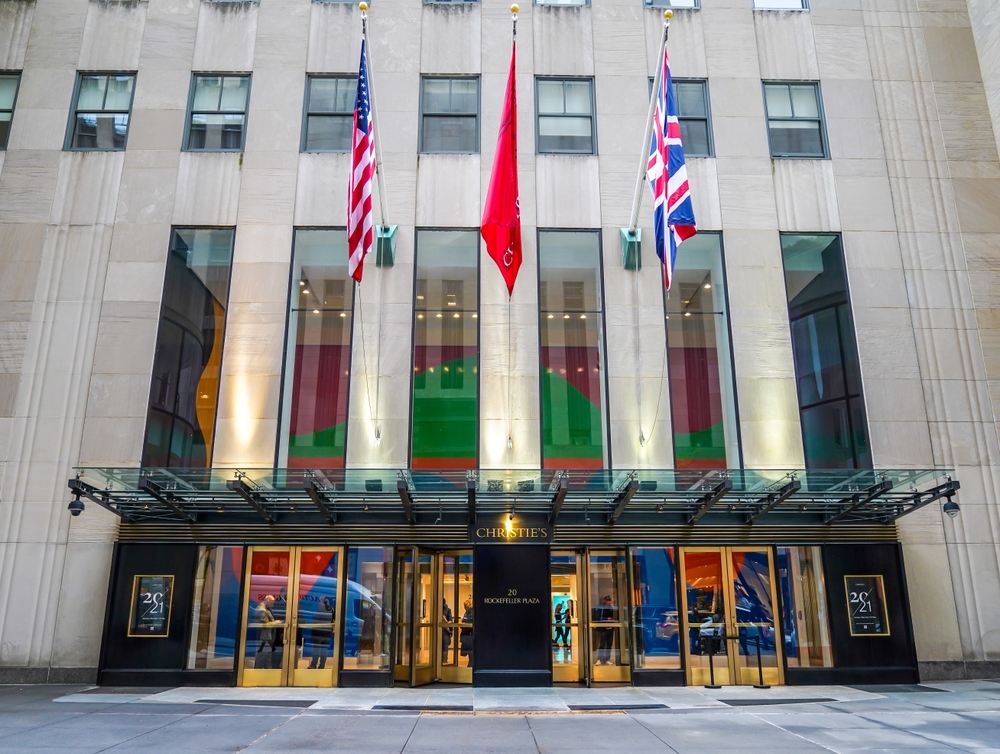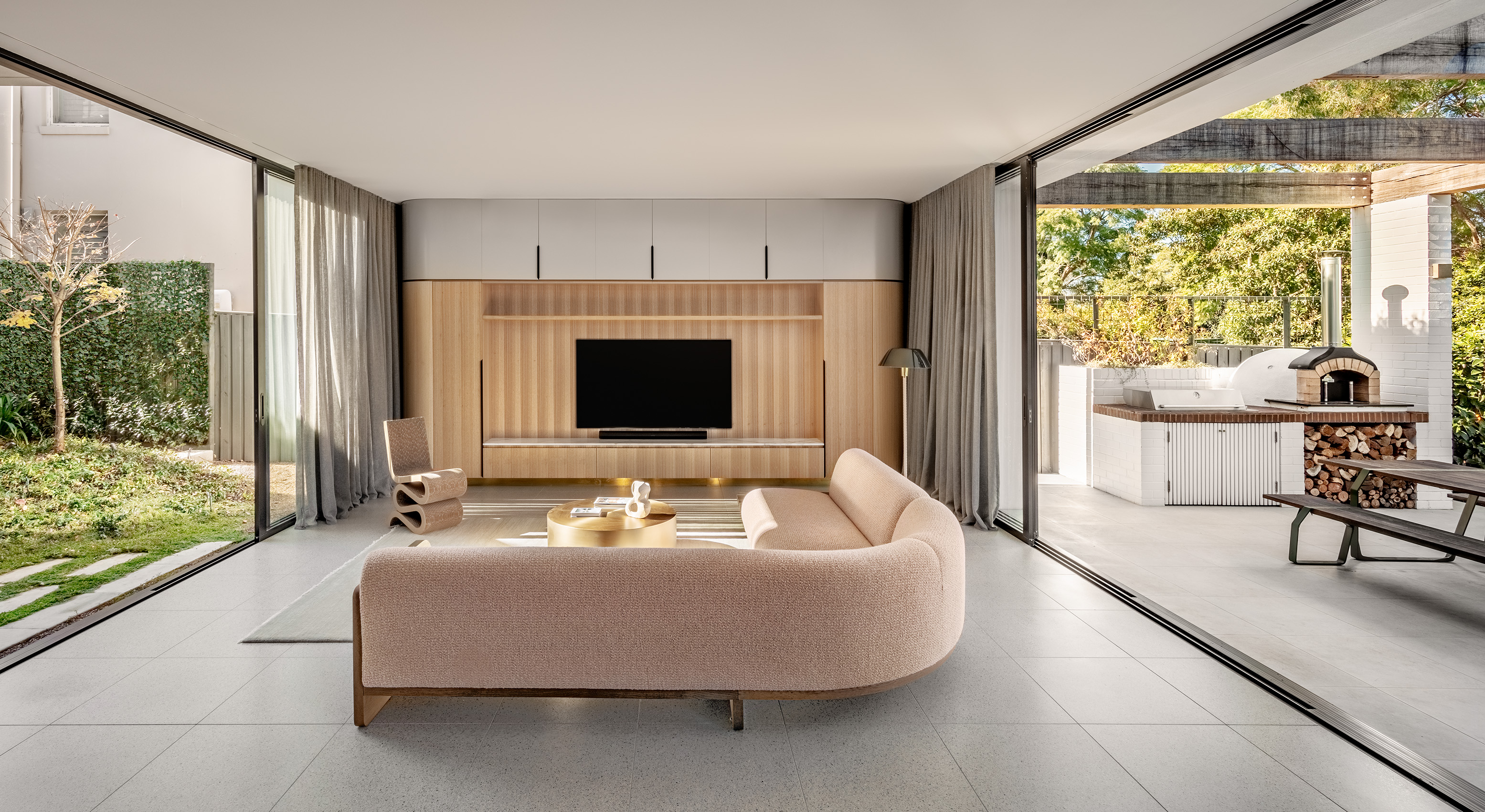Subtotal: $ 19.95
How A Side Hustle Can Boost Performance At Your Regular Job
A new study shows that moonlighting lifts your mood—and your effectiveness from 9 to 5.
Moonlighting may actually help you do better at your day job.
Hudson Sessions, an assistant professor in the department of management at the University of Oregon, noticed a few years ago that friends were keeping their full-time jobs but joining the gig economy on the side, such as driving for Uber or selling their art on Etsy.
So, he decided to research the phenomenon of side hustles—and found something surprising. Contrary to the popular wisdom, moonlighting doesn’t leave people worn out and unproductive from 9 to 5. Instead, side gigs can make people feel more empowered—and thereby more productive at the office.
Dr. Sessions and his colleagues—whose results were recently published in the Academy of Management Journal—posted ads on large social-media networking groups, asking people to take a series of surveys about the nature of their supplementary work. Participants were asked about the complexity of their side work; their motives for the work; and the empowerment they did or didn’t gain from their second job (that is, the extent to which they felt that they could control their supplementary work and its context).
The study showed that supplementary work frequently enables side hustlers to feel empowered by taking ownership of self-directed work—which was especially true for those who were motivated beyond making money, says Dr. Sessions.
“When people seek extra work to build relationships or help others, they tend to feel more empowered by their side hustle than if they just moonlighted for more income,” Dr. Sessions says.
In a second study, his team recruited 80 workers who had side hustles and had worked at their day jobs for an average of 10 years. They also recruited a co-worker of each participant.
Across two weeks, the moonlighters filled out a survey about their engagement and empowerment at the end of a day’s side gig. Then, the next morning, at their full-time jobs, they rated their mood and how much they thought about their side hustle. Their co-workers, meanwhile, rated the side hustlers’ performance on those same days.
Side hustlers self-reported that they were preoccupied with their after-hours gigs the next morning, due to being deeply engaged in that work.
That would seem to indicate that side gigs hurt their performance at their regular job the day after. But that wasn’t the whole story: The moonlighters’ colleagues rated their co-workers’ performance significantly higher on those same days.
So, the uplift in mood had a statistically stronger positive effect on employee performance than the negative effect of being distracted—even if the moonlighters didn’t see things that way.
“Organizations want exclusive rights to their employees, but perhaps that idea of ownership is misplaced,” says Dr. Sessions.
He believes that if companies restrict moonlighting, they risk losing employees.
“People need to choose their own path outside of their day jobs,” Dr. Sessions says. “For some, that means pursuing career development, personal fulfilment or just engaging with new and interesting people in a side hustle—all of which can elevate their moods and be beneficial to their regular jobs.”
Reprinted by permission of The Wall Street Journal, Copyright 2021 Dow Jones & Company. Inc. All Rights Reserved Worldwide. Original date of publication: November 1, 2021.
 Copyright 2020, Dow Jones & Company, Inc. All Rights Reserved Worldwide. LEARN MORE
Copyright 2020, Dow Jones & Company, Inc. All Rights Reserved Worldwide. LEARN MORE
This stylish family home combines a classic palette and finishes with a flexible floorplan
Just 55 minutes from Sydney, make this your creative getaway located in the majestic Hawkesbury region.
A new report on the impact of cost of living pressures reveals a stark contrast between age groups in investment strategies
Four in five Australians say they have changed their investment and savings goals over the past 12 months, with 44 percent doing so primarily to make ends meet during the cost–of–living crisis. A further 25 percent say they’ve switched strategies to protect their wealth against inflation, according to a new survey by financial advisory firm, Findex.
The Superannuation and Retirement Insights report shows Australians have also changed their goals to grow their wealth (31 percent), to create a regular income stream (29 percent) and to reduce taxes (17 percent). Transferring wealth to their children or other family members has motivated 10 percent of Australians to alter their investment plans, which is likely reflective of the increasing role played by the Bank of Mum and Dad in young people’s first home purchases.
The report found that traditional investment avenues, such as property and superannuation, remain the most popular choices, with more than eight out of 10 survey respondents ranking these asset classes highly. But there is also an increasing inclination towards investments that offer the potential for quicker returns, additional perceived safety, and better liquidity or accessibility to funds.
Eighty percent of survey respondents also nominated bank savings as among their top five investment choices right now, followed by shares (66 percent) and cash (51 percent).
“This shift reflects a broader strategy to mitigate current financial uncertainties, balancing the pursuit of long-term wealth accumulation with the need for immediate financial security,” the report says.
While superannuation is considered a cornerstone investment for retirement and long-term wealth accumulation, 85 percent of Australians are exploring investments outside superannuation. The most common investments outside super are bank savings (64 percent), property (38 percent), cash (35 percent) and shares (34 percent).
However, when the data is broken down by generation, stark differences are revealed in how each age cohort chooses to invest their spare income and why.
Most popular investments outsider super and the motivations to invest by generation
Baby Boomers (born 1965-1964)
Outside superannuation, Baby Boomers prefer to invest in bank savings (60 percent), property (50 percent) and shares (46 percent).
By far, their primary motivation for investing is planning for retirement (80 percent). They also want to build wealth (51 percent) and support their children or other family members (25 percent). Other motivations include preserving wealth to beat inflation (22 percent) and paying off a mortgage or other debt (20 percent). They are the least likely generation to be saving for an investment property.
Gen Xers (born 1965–1980)
Gex Xers prefer to invest in bank savings (57 percent), property (43 percent) and shares (36 percent).
They are motivated to invest for retirement (66 percent), to build wealth (50 percent), to save for emergencies (36 percent), and to pay off a mortgage or other debt (30 percent). Interestingly, Gen X is the generation most concerned with supporting their children or family members (33 percent). This may be because Gen Xers have grown up during Australia’s long-standing property boom that began in the late 1990s and continues today.
Millennials (born 1981-1996)
Millennials have the strongest interest in bank savings as an investment avenue (70 percent), followed by property at 41 percent. They also like cash (35 percent) and shares (33 percent). Millennials have the highest uptake of exchange-traded funds (ETFs) at 21 percent. ETFs are a relatively new type of asset class, with the first ones trading on the ASX in 2001. ETFs are a basket of shares that can be purchased in a single transaction for instant diversification. Millennials are also the generation most interested in cryptocurrencies, with 22 percent invested.
Their biggest motivations for investing are to build wealth (55 percent), save for emergencies (50 percent) and plan for retirement (49 percent). They also want to support their kids (32 percent) and pay off their mortgage (32 percent). Millennials are the generation most likely to be saving for an investment property (28 percent) rather than a first home (17 percent).
Gen Zs (born 1997-2009)
Gen Zs spread their money across more asset classes than their elders. They like investing in bank savings (66 percent), cash (42 percent), shares (22 percent), ETFs (17 percent), property (14 percent) and cryptocurrencies (13 percent).
While Gen Zs are the youngest age cohort within the survey, they also have long-term goals just like their elders. The biggest motivation to invest among Gen Zs is to build wealth (52 percent). More Gen Zs are saving for a first home than any other generation, with 42 percent pursuing this goal. They are also the generation most concerned with preserving wealth to beat inflation (29 percent). Gen Zs also want short-term security, with 46 percent saving for emergencies. They’re also the generation most likely to be saving for other major purchases like a car or holiday (41 percent) and investing just for enjoyment (26 percent).
Consumers are going to gravitate toward applications powered by the buzzy new technology, analyst Michael Wolf predicts
This stylish family home combines a classic palette and finishes with a flexible floorplan







 Spring 2023
Spring 2023 















